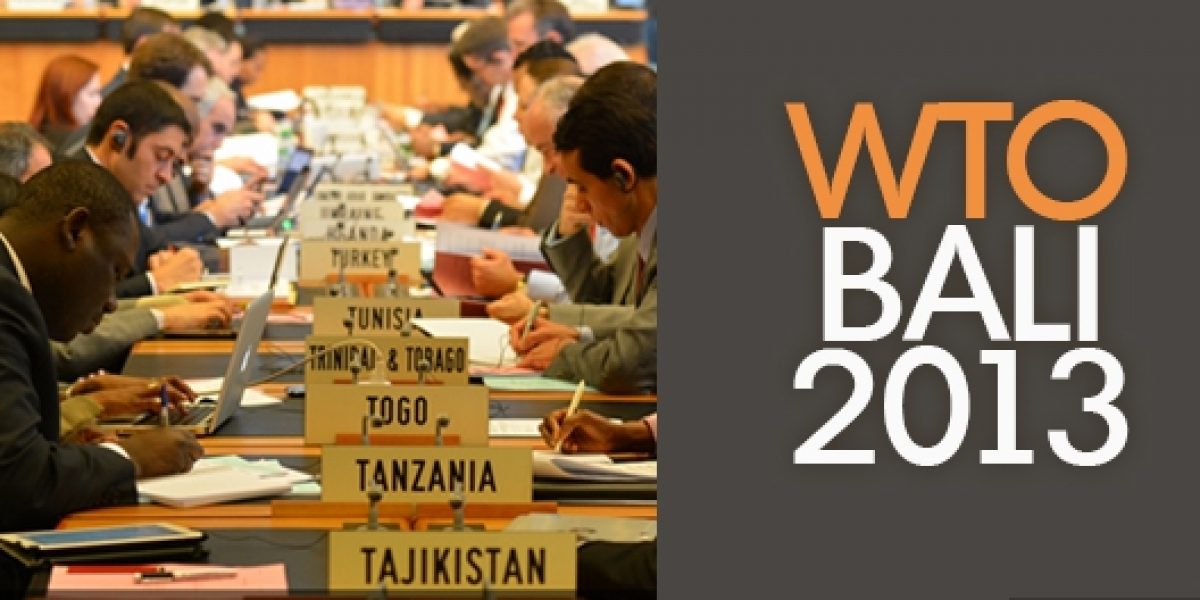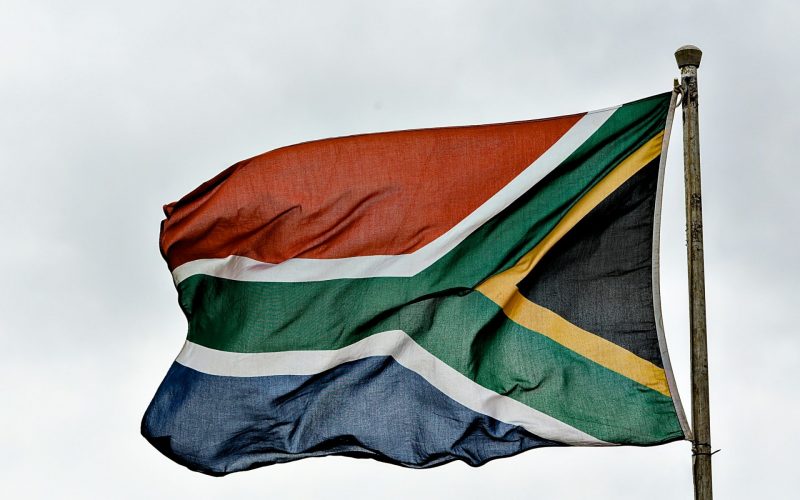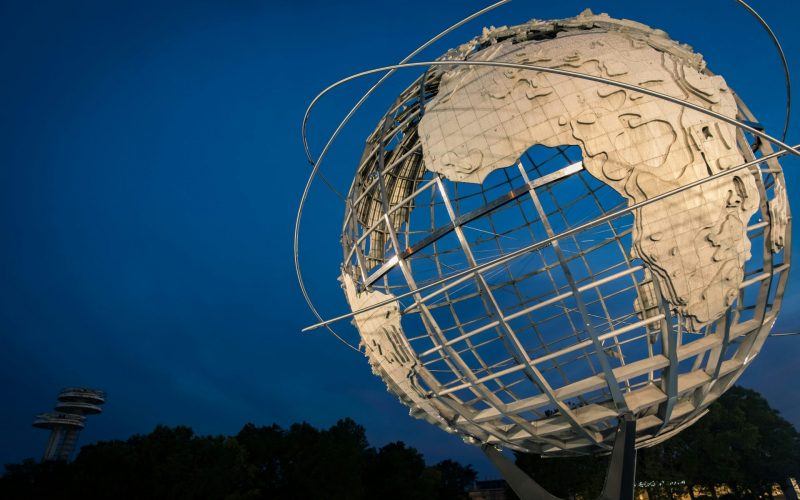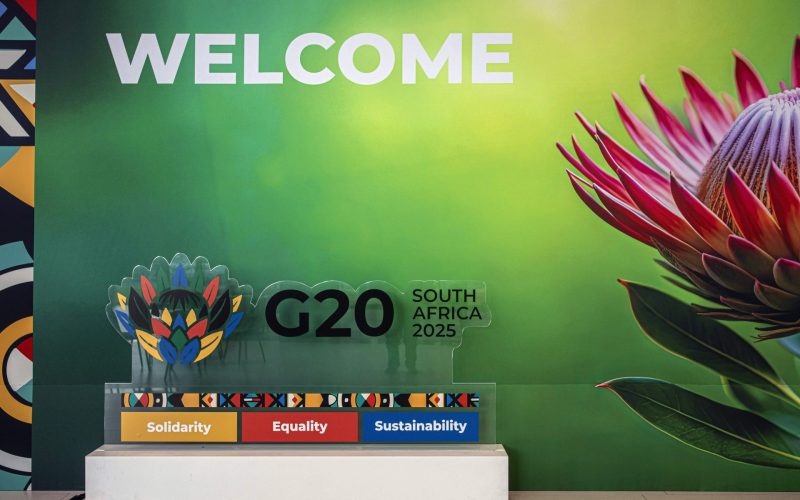In advance of the all-important 9th WTO Ministerial Conference held in Bali, Indonesia from 3 to 6 December 2013, much of that thinking remains relevant and the issues raised are still at the core of the existential crisis that the WTO finds itself in.
While there have been, in the past month, a few moments of heightened excitement in anticipation of a ‘Bali package’, it would seem that the WTO members are again, headed towards disappointment. Twelve years into the Doha Development Round (also known as the Doha Development Agenda), they are no closer to an agreement. The limited progress will prevent the Bali meeting from being a negotiating conference and there will not be any new trade agreements as a result.
Looking at the select ‘Doha Round’ issues under negotiation prior to the Bali conference, there is trade facilitation, agriculture and the Least Developed Countries or ‘LDC package’. On trade facilitation, there is general agreement on the potential benefits of the agreement. The key difference among the WTO members revolves around who will pay. Developing countries want firm commitments on the technical assistance and capacity building aspects of the agreement. This has been met with serious resistance by developed counties, especially attempts to make commitments legally binding.
On agriculture, the bulk of the issues under discussion could be called developing country concerns: the implementation of tariff rate quotas to prevent them becoming a trade barrier; food security; as well as the elimination of export subsidies, particularly in the cotton sector. The ‘LDC package’ really focuses on ‘development’ issues and incorporates what is called special and differential treatment (S&D) provisions. These provisions are designed to exempt developing countries and LDCs from a strict application of WTO disciplines; as well as a services waiver to allow preferential market access for LDC services providers in developed country markets under the WTO’s General Agreement on Trade in Services.
In the last pre-Bali meeting held on the 26 November 2013 in Geneva, the WTO Director-General Roberto Azevêdo urged WTO members not to accept the ‘inevitable simplistic assessments’ on why there is a deadlock in the negotiations, that it is not about the old issue of the North – South divide and also not about lack of time but the concerning backtracking and inflexibility shown by WTO members in the negotiations.
At the risk of giving a simplistic assessment, the core of the discourse is ‘development’ and the developmental mandate of the Doha Round. Critical to this mandate is what developed countries should be doing in terms of their commitments in the trade agreements to facilitate development. This is easy to say but it is a constellation of complex factors.
The world has simply gone through too many changes since the establishment of the WTO and indeed, since the launch of the Doha Round to proceed with business as usual. Significant for the WTO in particular, is the political activation and increased capacity of developing countries, particularly the emerging economies and specifically, China, Brazil and India.
This has resulted in the inner decision-making core of the WTO getting bigger. They do not always agree, especially as the traditional players seek to make the newcomers undertake the same kind of commitments as them. Then factor in the economic tensions of the United States (US) with China and it does not make for agreeable meetings. There is also the subprime mortgage crisis of 2007 that led to the global economic crisis of 2008, effects of which the developed world is still recovering from, leaving little appetite for trade concessions.
This has succeeded in shifting attention away from the multilateral trading system to more domestic political economy priorities. This has been particularly true of the US, which all along has served as a champion of the multilateral trading system and has been very instrumental in the conclusion of previous rounds. For the US, issues such as the continuing geopolitical crisis in the Middle East, the ‘Obamacare’ face-off that resulted in a government shut-down and the generally stagnant domestic economy, have served to lower the relative importance of the WTO and Doha on the policy agenda.
The Eurozone crisis in Europe has similarly kept the European Union (EU) sufficiently occupied on the other side of the Atlantic.
The rise of regional Free Trade Areas is another factor, even though some would argue that it signals the weariness of countries regarding the negotiating impasse within the WTO. This line of thinking presumes that countries seek to advance trade liberalisation outside of the confines of the WTO and its single undertaking in order to create new rules and standards outside of the WTO or to create a trade fortress to exclude those countries that are not part of the negotiations.
Of particular concern here are the ‘mega-regionals’, particularly the ambitious Trans-Pacific Partnership (TPP) as well as the Transatlantic Trade and Investment Partnership (TTIP), both of which are apprehensively regarded by outsiders for the reasons above.
There is also the rise of the internet age and the electronic information challenge. Wikileaks, the Snowden saga and the recent spying drama involving the US National Security Agency (NSA) has exposed such challenges of the information age, thus increasing anxiety over the security of negotiating positions and deepening mistrust among the countries.
And of course, one cannot end this discussion without mentioning the decision-making structure of the WTO itself. It has become obsolete in the new world order, however imprecise that order may be. The number of actors and the issues have both expanded and it has become virtually impossible to reach decisions in the WTO especially in the face of a world of commerce that is constantly evolving and appears to have left the WTO far behind.
In conclusion, one has to ask: should we pin the success of the Bali Ministerial Conference and indeed the Doha Round, and, by extension, the WTO, to mere trade agreements? Of course, at the core of the WTO are the trade agreements and the global trading rules. However, the problem with the WTO is institutional. There can never be an end game to Doha without institutional renewal. As noted by Azevêdo in his last address to the pre-Bali meeting, countries are digging in their heels on positions. While he remains optimistic that they are close, the growing inflexibility among the countries will not change anytime soon, unless there is some global challenge that brings countries together. Countries need to start engaging more seriously with each other’s interests, which is not happening sufficiently enough at the moment.
It has to be admitted that Doha is dead, whatever the merits of the development agenda. WTO members need to start looking at alternatives to the round system, such as plurilaterals. This would need to be propped up by institutional reform as well as an appropriate framework for plurilaterals to ensure that all country interests are catered for. Otherwise we are going to have many more Balis in the years ahead with no resolution and no trade agreements to show for the expensive meetings. Let Azevêdo’s last pre-Bali address be a swan song to the Doha Round and let us start at alternatives to save the WTO from being forever bogged down by the Doha Round.
Memory Dube is the author of the paper, ‘The Way Forward for the WTO: Reforming the Decision-Making Process’ (July 2012) and co-author of the paper ‘Dreaming Out Loud: Implications of a Doha End-Game for South Africa’ (November 2011)
Additional resources:
- The Way Forward for the WTO: Reforming the Decision-Making Process (July 2012), by Memory Dube
- Dreaming Out Loud: Implications of a Doha End-Game for South Africa (November 2011), by Memory Dube and Peter Draper
- Where to for South Africa and the Doha Development Agenda (January 2012), by Memory Dube
- WTO Director-General: Time for Africa? (November 2012), by Catherine Grant Makokera and Peter Draper
- The WTO must adapt and evolve to stay relevant (2010), by Memory Dube







